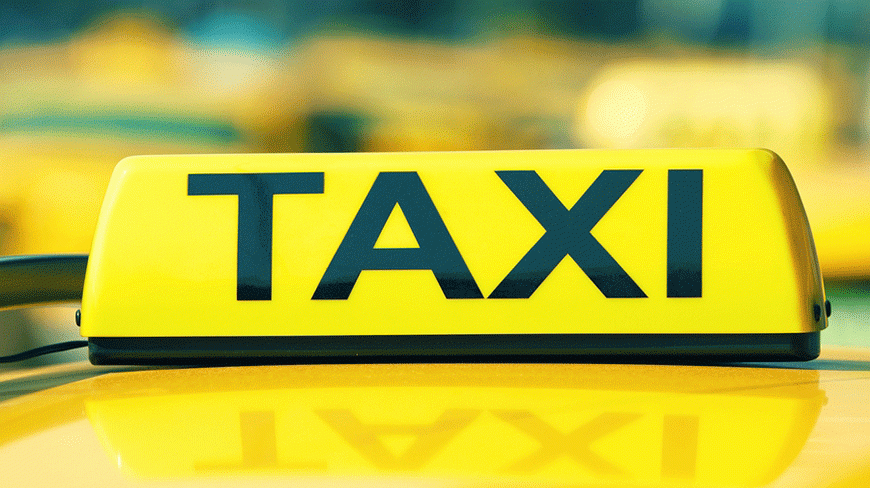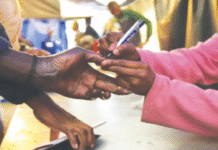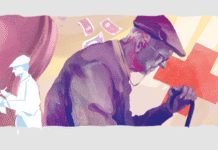As the official launch date for Dhaka’s new taxicabs approaches on Pahela Baishakh, consumer groups have objected to proposed fare rates.
While higher than other forms of public transport, rates are not overly high when compared to the cost of importing private vehicles and the unmet demand for taxis.
If they had been set lower, it is only likely that this sector would follow the example of CNG’s, where passengers are routinely forced to agree non-meter fares in advance of their journeys.
These types of debate about rates, illustrate the lack of joined–up thinking in government policy for managing transport in Dhaka and other big cities.
The scarcity of readily–available taxis in Dhaka is a highly visible sign of a dysfunctional transport system. With such a large and growing population, there is no excuse for the bureaucratic delays and import approvals which have long held up plans to introduce 1,000 new taxicabs.
By contrast, the city’s buses, which are the most widely used form of motorised transport, suffer from an overly laissez faire approach. While fares are low and services numerous, comfort and safety are routinely neglected.
Congestion is also made worse by fuel subsidies which encourage private car use for commuting short distances. The BRTA could dramatically reduce this by improving bus services through proven cost-effective measures such as bus lanes and better signposting.
A co-ordinated strategy to encourage commuters out of their cars, is necessary to keep the city moving. Regulations must be used wisely and kept fit for purpose.
Source: Dhaka Tribune










